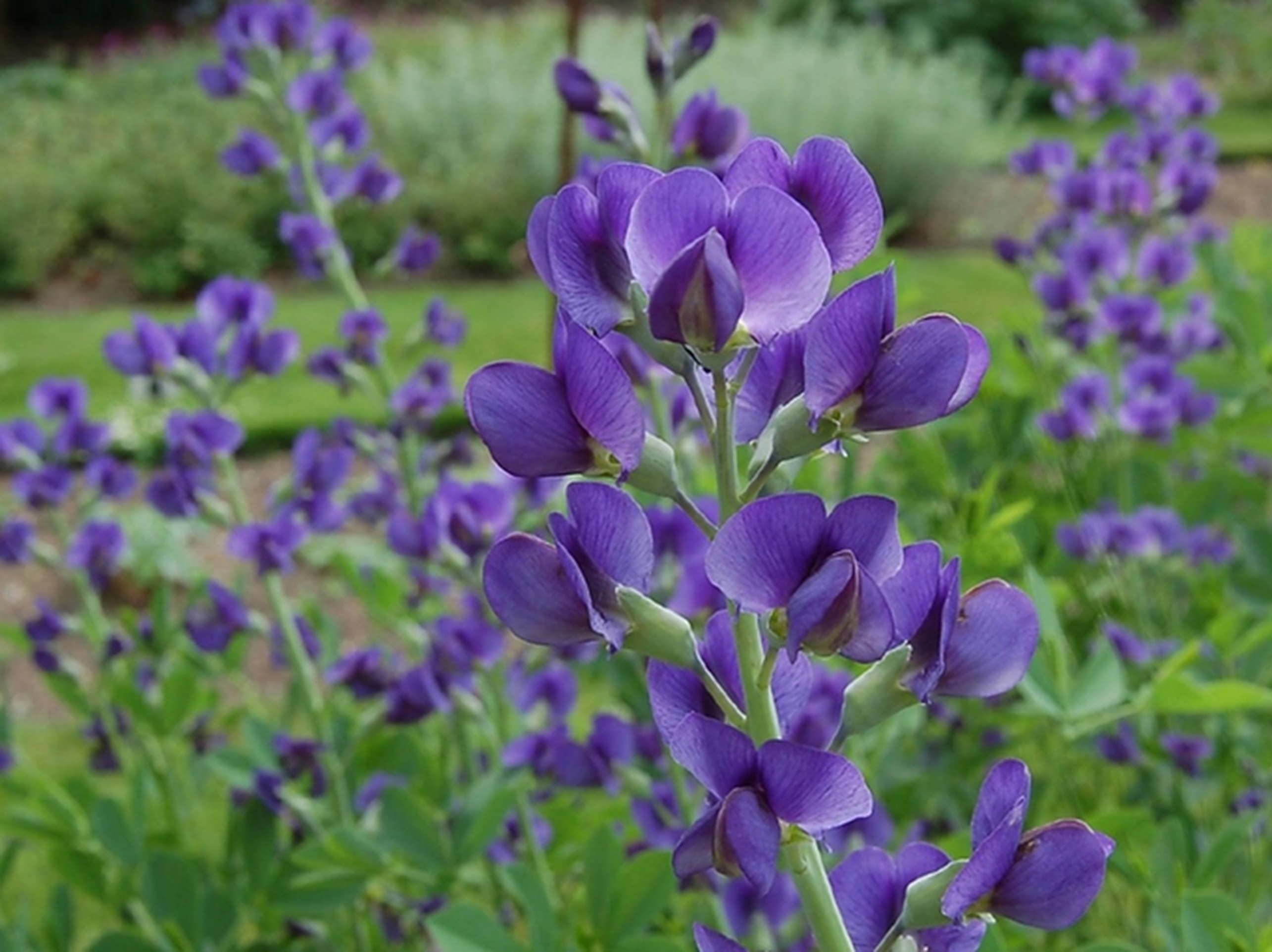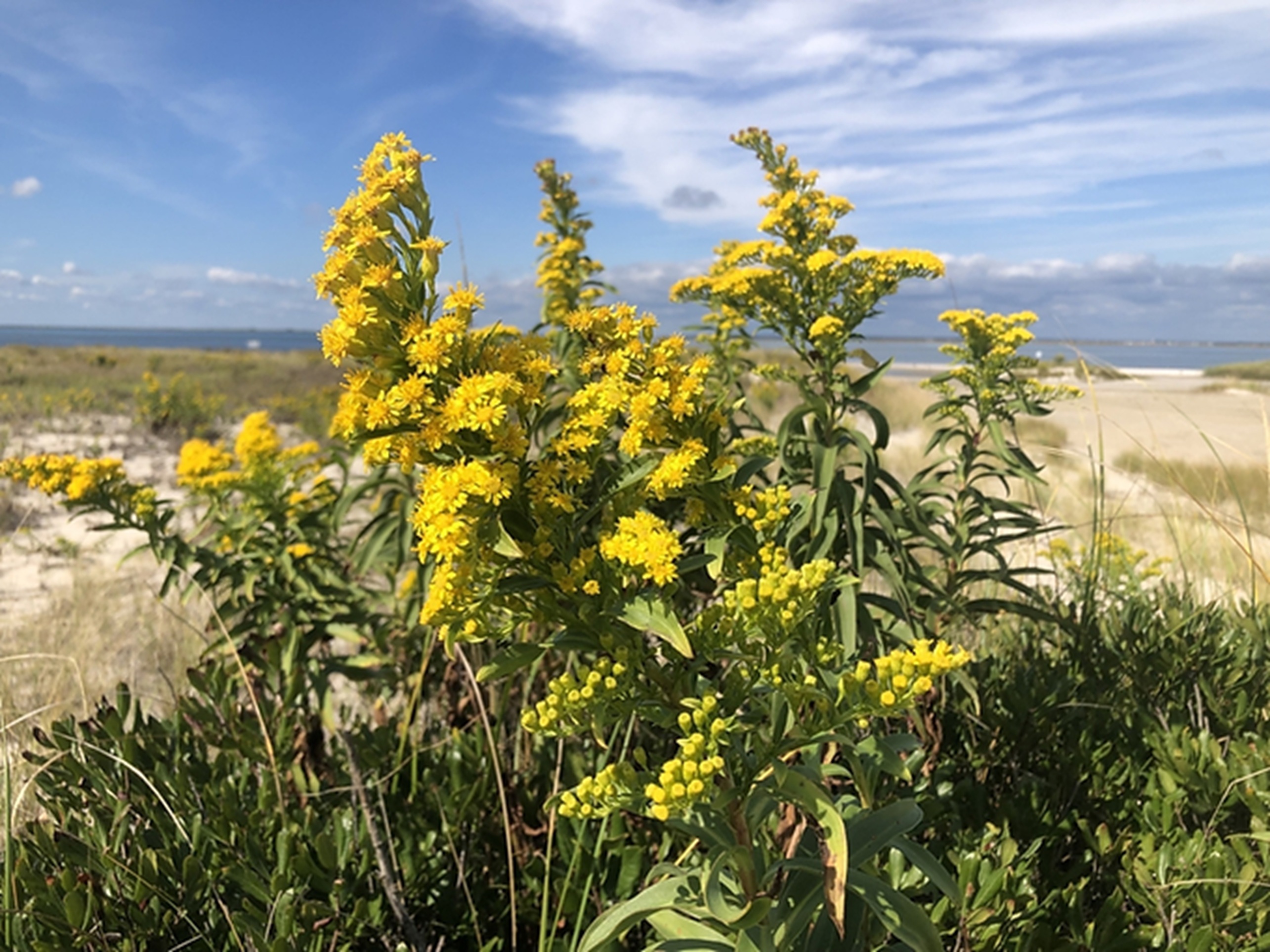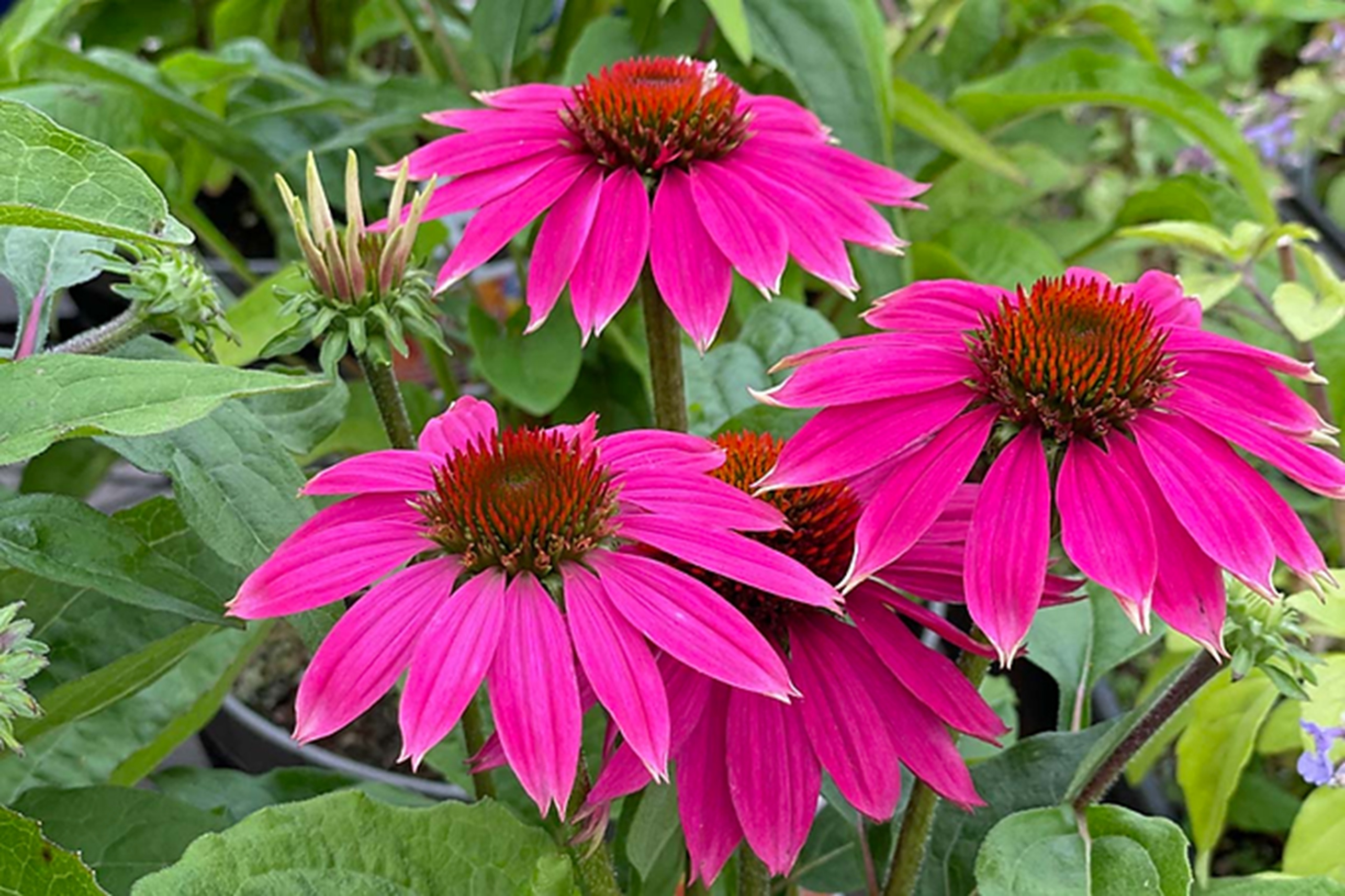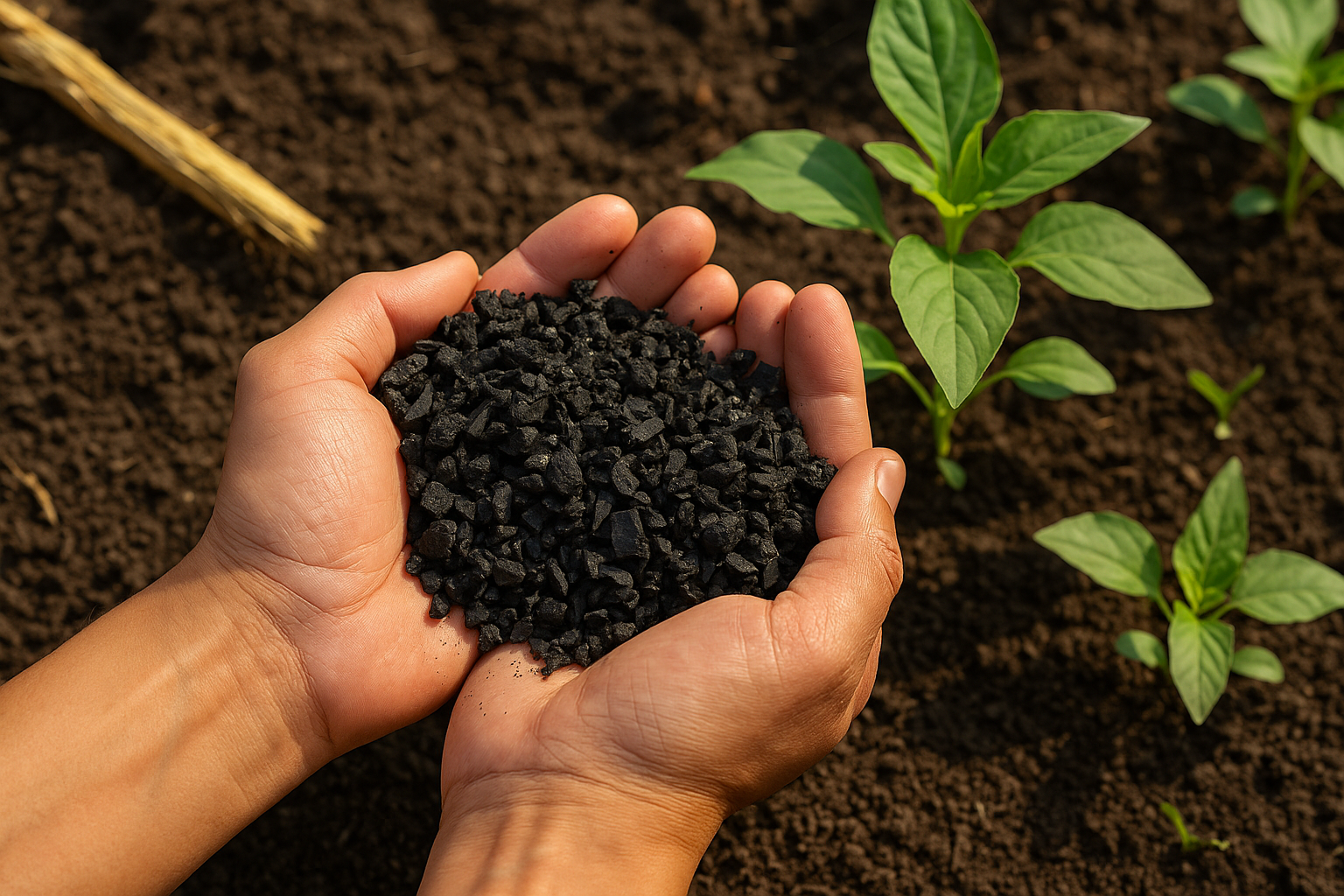Are you wondering what plants to plant in your garden to maximize carbon absorption? Look no further. Carbon Roots is dedicated to helping you build the most eco-friendly garden. 🪴🪻The first step is choosing plants native to the area, for better biodiversity and carbon absorption. Keep reading for good plant recommendations. This list has a diverse selection of plants, so your garden will be happy. 🌱🦋🌳
1. Switchgrass

Switchgrass, Pancium virgatum
To make the perfect carbon garden, start off by laying down grasses all throughout. Grasses establish an extensive root system, and are therefore highly efficient at absorbing carbon. They're also essential for the garden ecosystem. Switchgrass is affordable and can be a great addition to your garden! It's native to NJ and is the perfect grass to build the foundation of your garden.
2. Wild Indigo

Wild Indigo, Baptisia australis
Wild indigo is a perennial native to New Jersey. It's the plant responsible for making blue dye! Isn't that cool? It has a deep taproot system that can sink a significant amount of carbon. Additionally, wild indigo can attract our pollinator friends, boosting garden health. Wild indigo thrives with medium water use and sufficient sun, making it a moderate maintenance level. It requires moister soil as well. With the right care, this plant can bring your garden to the next level.
3. Seaside Goldenrod

Seaside Goldenrod, Solidago sempervirens
The seaside goldenrod is a hardy plant, as it can grow with low watering coupled with good sunlight. It attracts native birds and bees, serving as a great pollinating plant for the garden. Seaside goldenrod has deep, strong root systems that are excellent at collecting water in dry spells. Not only this, it's a gorgeous addition to your garden!
4. NJ Tea

NJ Tea, Ceanothus americanus
The NJ Tea is a perennial with glossy leaves and lovely white flowers, adding a bright touch to your garden. The plant needs a drained site to grow correctly, but its deep taproot fares well with little water. The NJ Tea's deep roots allow it to store high amounts of carbon, unlike other native plants. After the plant sheds its leaves in the winter, its stem stays around and can eventually be cut to the ground to prepare for new growth.
5. Purple Coneflower

Purple Coneflower, Echinacea purpurea
Last but not least, the purple coneflower! A gorgeous, vibrant plant to place in your garden. Not only is it attractive, the coneflower has a vast root system, making it a good candidate for your carbon garden. Additionally, it is a perennial, so replanting every season is not necessary. The purple coneflower only requires moderate amounts of sunlight and water, and thrives in drier soils. This flower can attract birds and butterflies, making your garden a pollination center.
It's important to note that depending on your garden's soil conditions, you may need to look into different plants. Within this list, a variety of plants were given, with some needing drier soil and others requiring moister soil. However, this list is only the tip of the iceberg! Any large-rooted, perennial, US native species can work for your garden.



